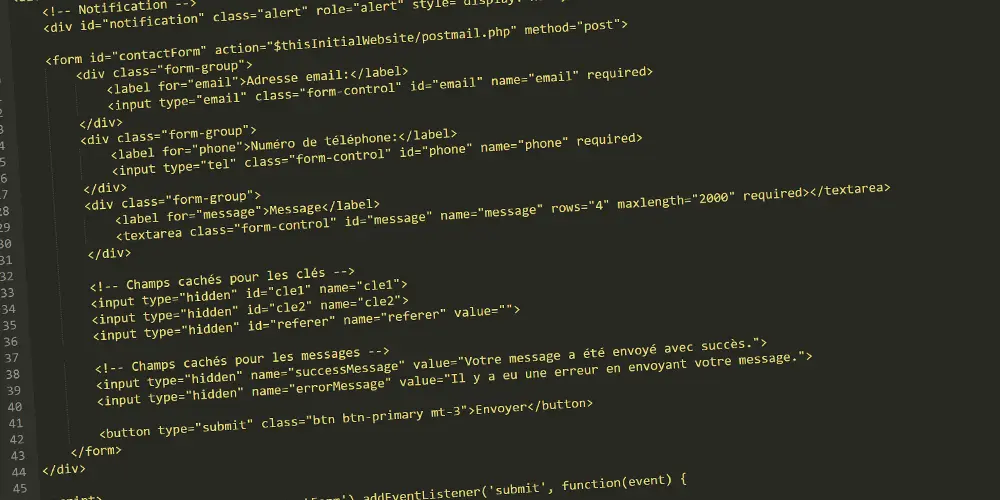Backpotting is the process of filling the back area of a CMM connector, at the entrance area of the contacts inside the plastic housing, using liquid epoxy comprised of Stycast 2651 MM black as the base and Catalyst 9 as the initiator (cross linker). It is then cured to solid stage.
[[darkstyle]]
Description:
- Lightweight alternative to overmolding & backshells, both of which add weight and increase the overall thickness and width of the connector.
- Can deliver the same functionality as backshells, but without the bulk and only a minimal increase in weight. It, however, fixes the contacts for good.
- Fills the space around wires as they pass into the connector. Nicomatic uses a two-part epoxy polymer as backpotting material. Special backpotting shapes are used with the CMM Series 200 female series (P/N 14501-xx where xx = length of the connector) and Series 220 male & female connectors (P/N 14143-xx), while the extended walls of the Series 320 and Series 340 are filled with backpotting material.
- Can also perform the back potting process on the right angle PCB CMM connectors.
- Protection from moisture and debris, both prevented from entering a connector housing filled with backpotting material.
- Strain relief as the backpotting material increases the surface area of attachment between the wire and the housing. This adds strength, increases reliability, and reduces the potential for product failure.
Main Issues Solved by CMM Backpotting:
- Prevents movement of contacts, securing them in place and ensuring reliable connections.
- Minimizes connector bulk while retaining essential functionality, making it suitable for compact designs.
- Reduces overall connector weight, enhancing application performance, especially in weight-sensitive environments.
- Protects against moisture ingress, which can cause corrosion and degrade electrical performance over time.
- Prevents debris accumulation inside the connector, reducing maintenance needs and prolonging connector life.
- Enhances mechanical strength, providing strain relief and reducing stress on individual wires.
- Improves durability under harsh environmental conditions, including vibrations and impacts.
- Supports specialized configurations by allowing customization of backpotting shapes for different connector series.
- Increases reliability by eliminating potential contact movement and improving attachment to the housing.
- Simplifies assembly and maintenance, reducing the need for additional backshells or overmolding.
[[/darkstyle]]



